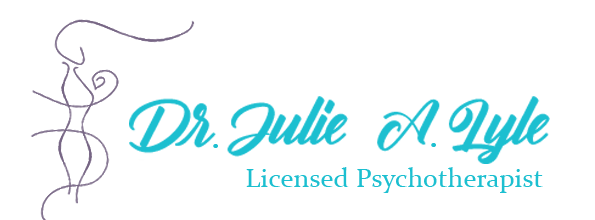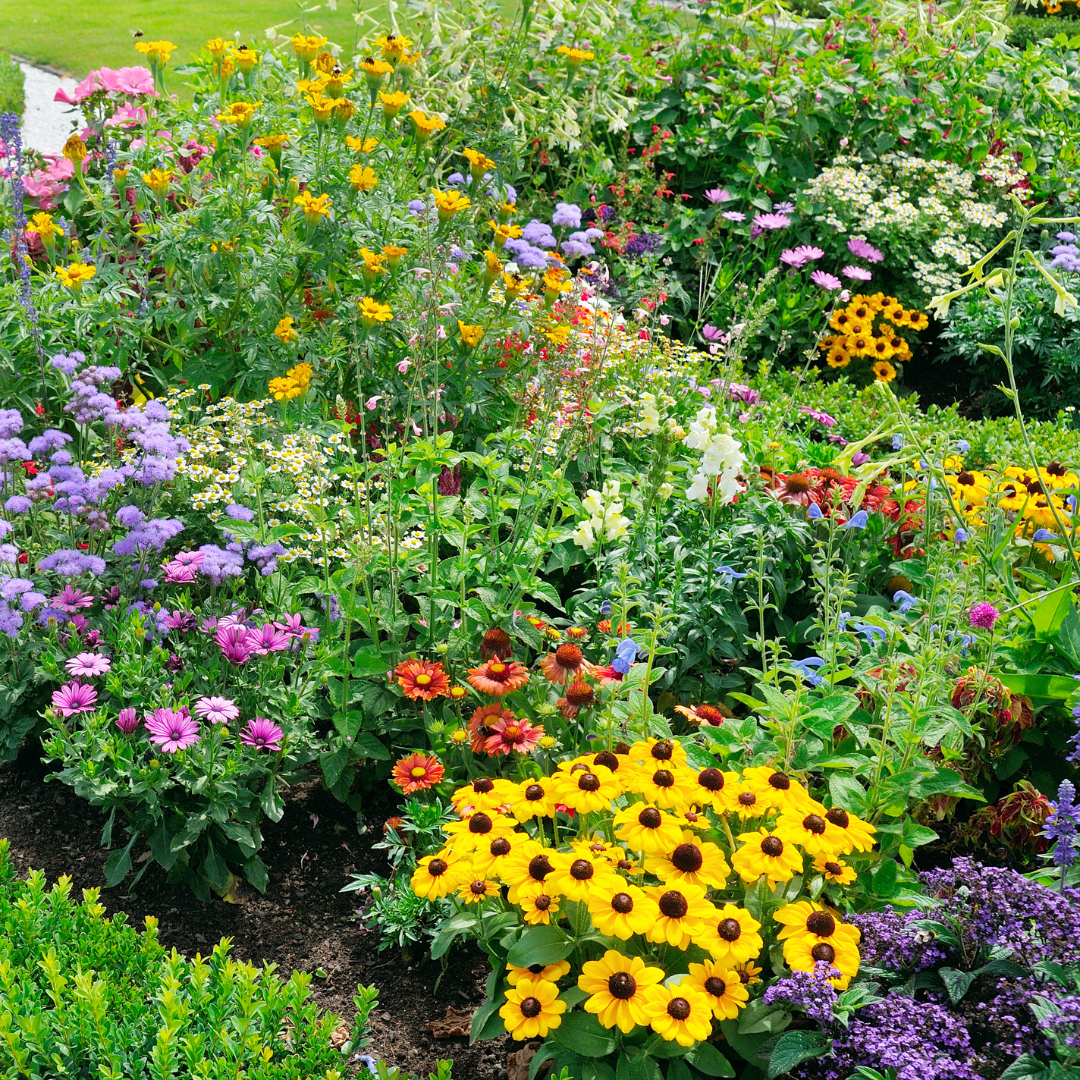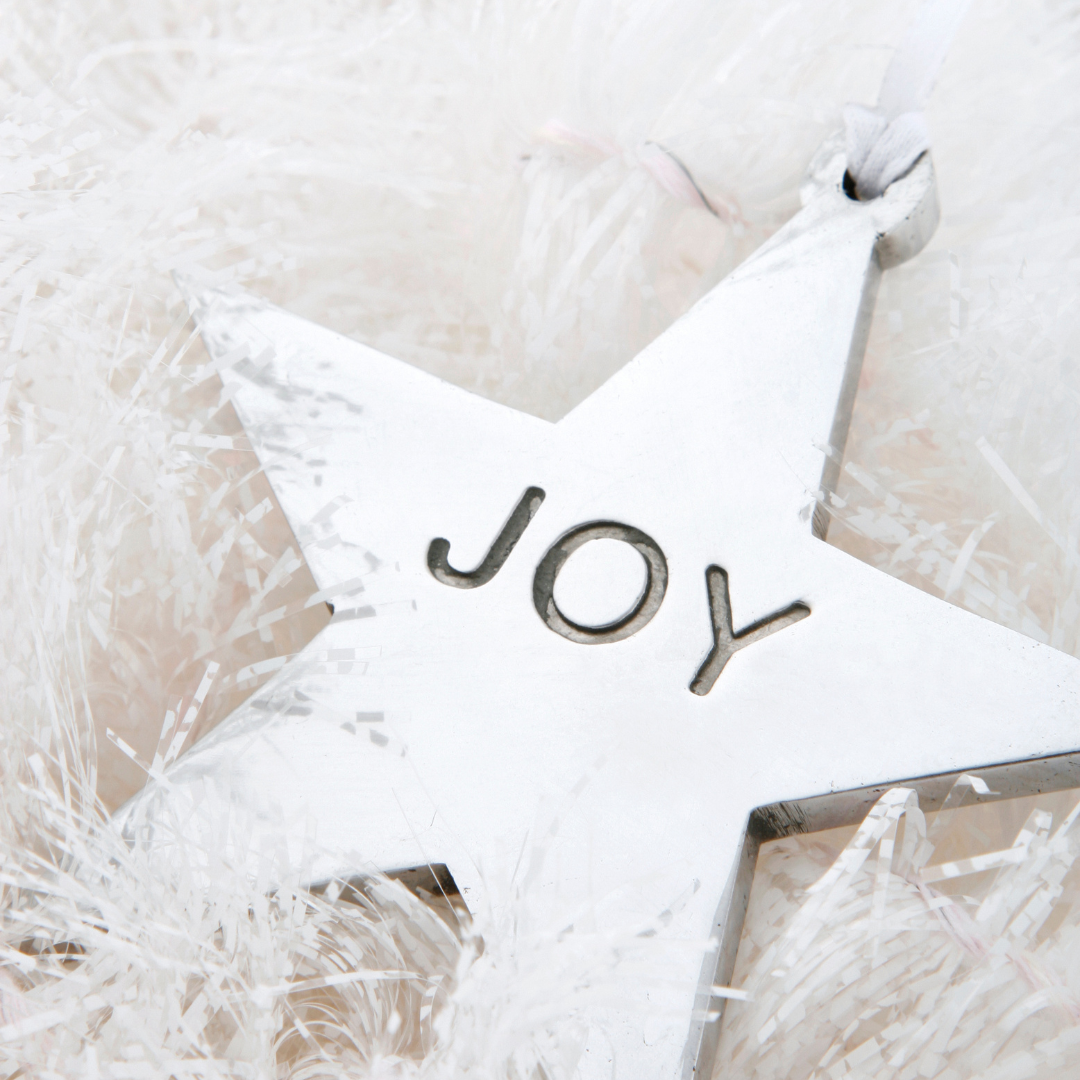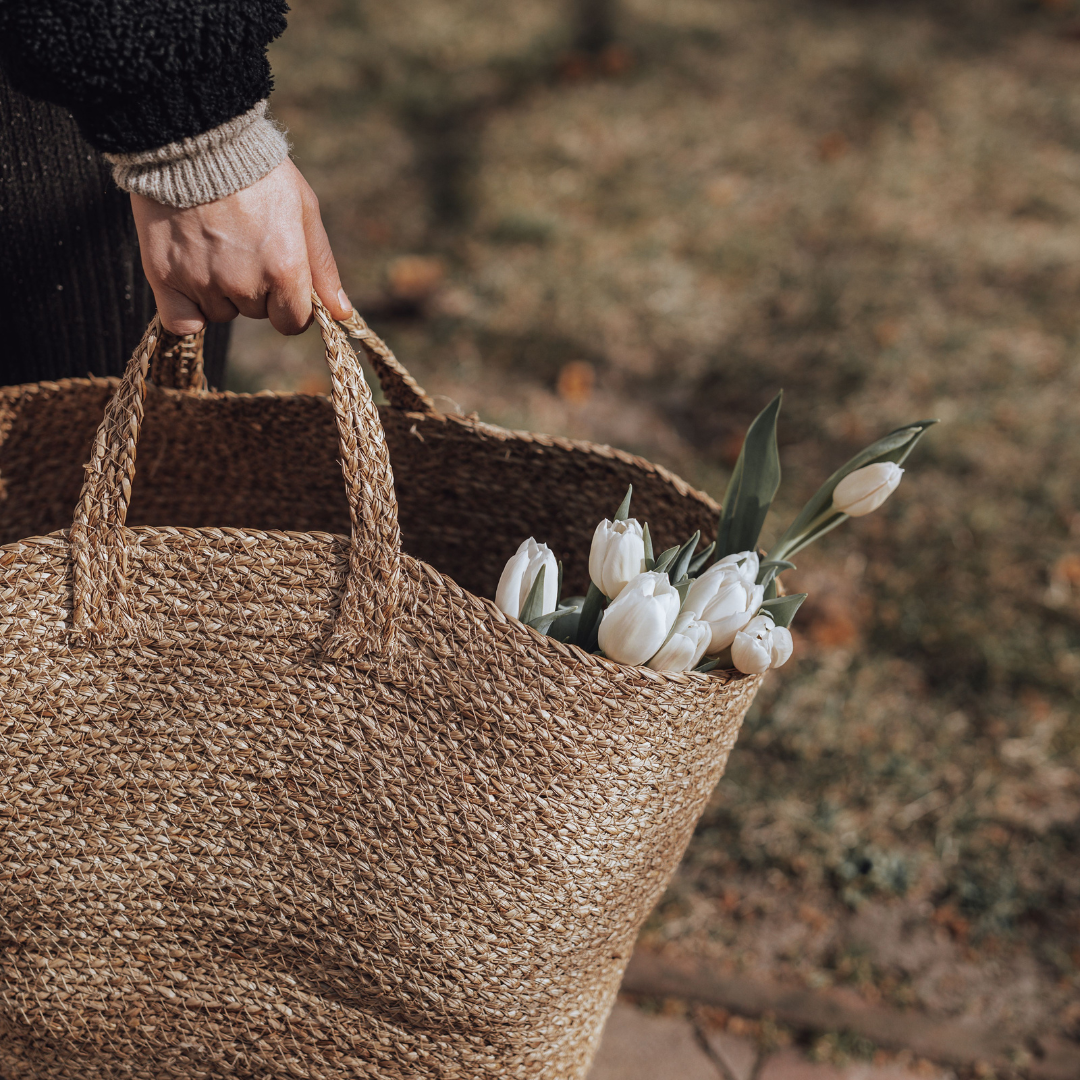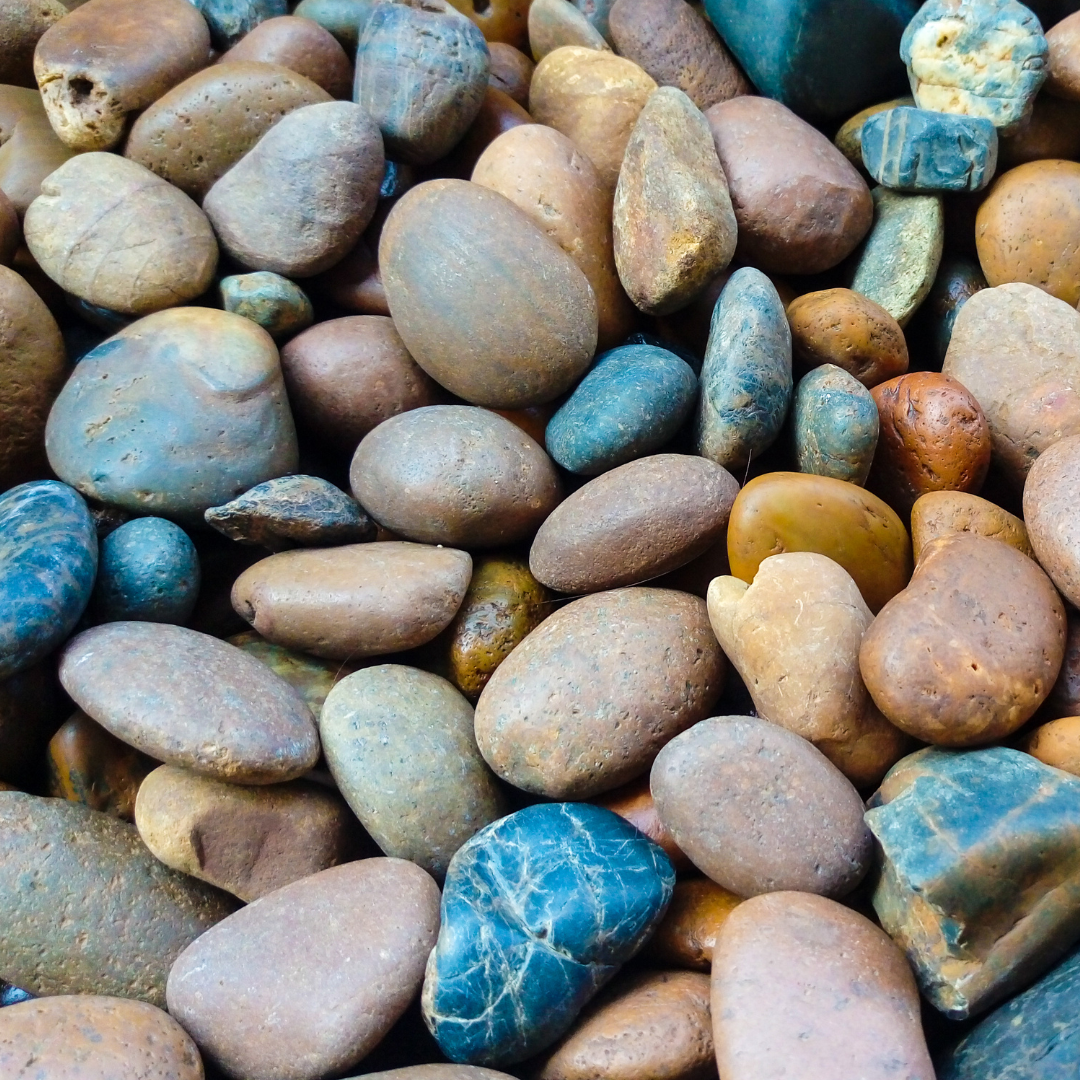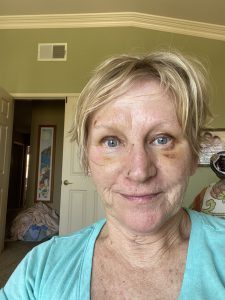End of Summer 2025
“August is like the Sunday of summer.”
—Unknown Author
Still savoring cool watermelon and dunks in the pool, I asked my personal DJ, Alexa, to play “Yacht Rock” music. This was a “channel” my Sirius car radio promotes from Memorial to Labor Day. I wondered if Alexa, sitting on my kitchen counter, was on board (pun intended of course)? With utmost ease, she complied and first song in the cue I interpreted as a sign of summer’s departure, Paul Simon’s “50 Ways to Leave Your Lover.”
“You just slip out the back, Jack. Make a new plan, Stan. You don’t need to be coy, Roy, just get yourself free. Hop on the bus, Gus. You don’t need to discuss much. Just drop off the key, Lee, and get yourself free.”
For some reason, I always thought this song was Paul telling a friend how to leave an unsatisfying relationship. But NO! This catchy melody is Paul recounting how another woman is encouraging him to leave his romantic situation. Hmmm.
I recognize I’m taking an awkward leap to go from urging someone to leave a relationship to facing the end of the summer season. But heck, isn’t that called poetic license? In these final hours of August, here are some ways to leave your summer. 😊
“You just slip out of work, perks!” This last week of August has been very quiet, fewer calls and clients. Go ahead, set yourself free just for a few hours. As Autumn beckons, sunsets come early, so literally seize the daylight!
“Make a new jam, bam!” Concerts and music abound on the shores of summer and if you didn’t get to see your favorite band during the last few months, then make that Spotify playlist now and jam-bam, you can listen to summer a bit longer.
“You don’t need to be soy, oh boy, just spice yourself free.” Pumpkin spice arrived at Starbucks a couple of days ago. You can stick with an iced coffee if you’d like, or go ahead and spice it up!
“Hop on the dust, must.” As we bid farewell to summer, not a bad idea to clean up sandy car mats, dirty windows and layers of musty filth which were easy to ignore when a summer BBQ or travel plans beckoned.
“You don’t need to fuss, cuss!” Saying farewell to a season is brought to us by the annual calendar and depending on geography, weather. We are caught in the current, propelled to leave behind one season and move on to the next. I mumble curses about ghosts and fall foliage filling every store shelf, so August still lets you swear at the “in your face” forcefulness of autumn. Come September, we open the door to pumpkins whether we’re ready or not.
“Just drop by the sea, please.” Put your toes in the sand, then unfurl a towel or blanket and gaze upon the infinite seascape. This is the gift that keeps giving for those of us fortunate enough to call the Pacific our backyard.
“And get yourself free.” This is the invitation held in the final hours of August and knocking on the door of September. When to choose another path and depart from a relationship, job, location, attitude or situation? How to decide to leave a season of your life to welcome the next season of change filled with different perspectives, purpose or passions? When is it time to set yourself free?
